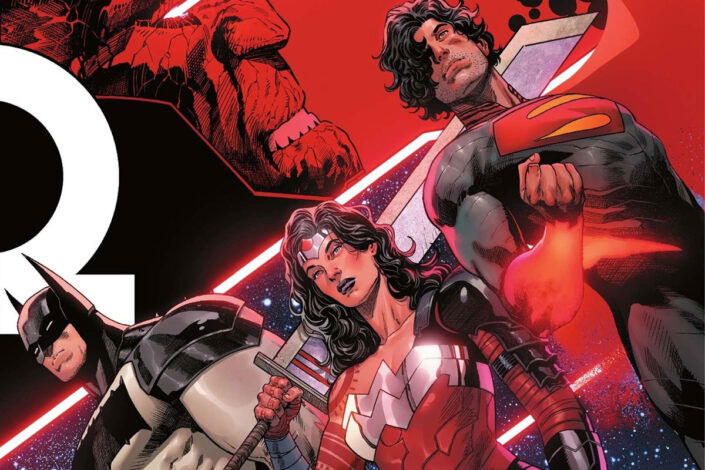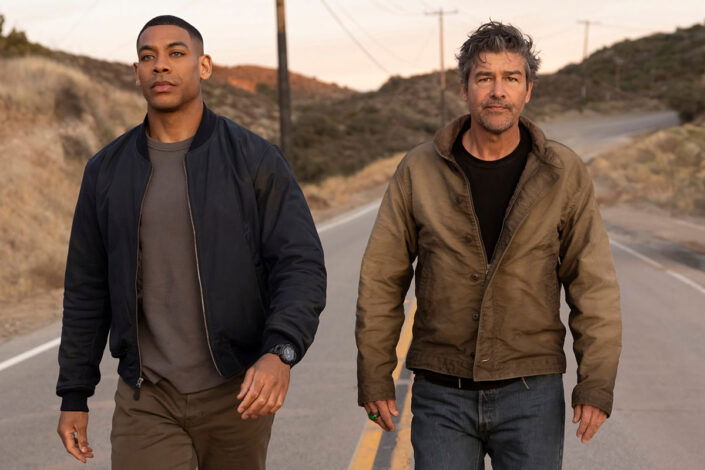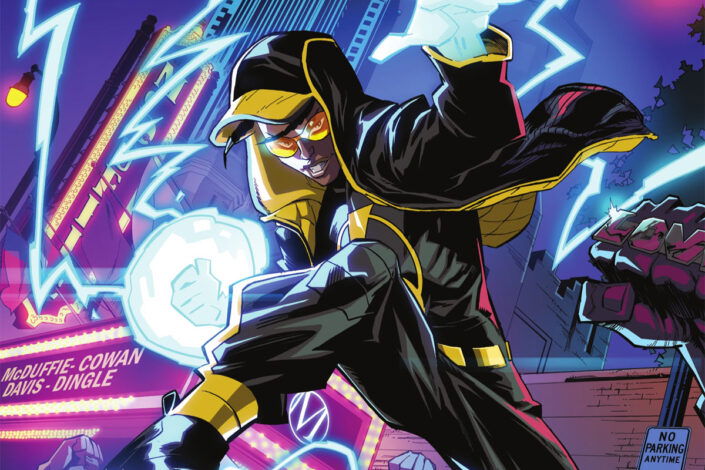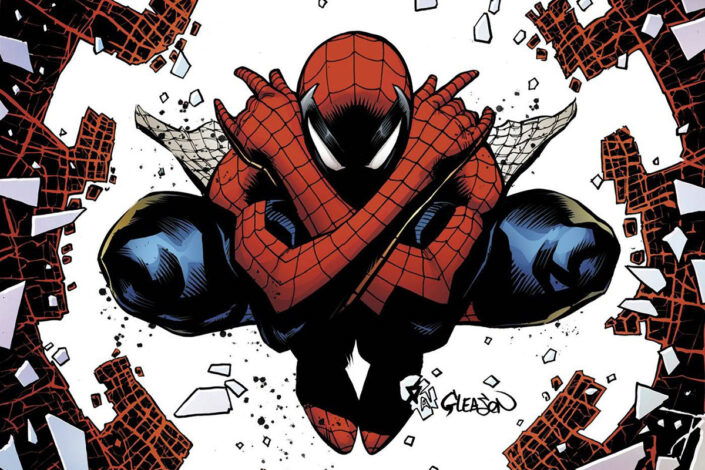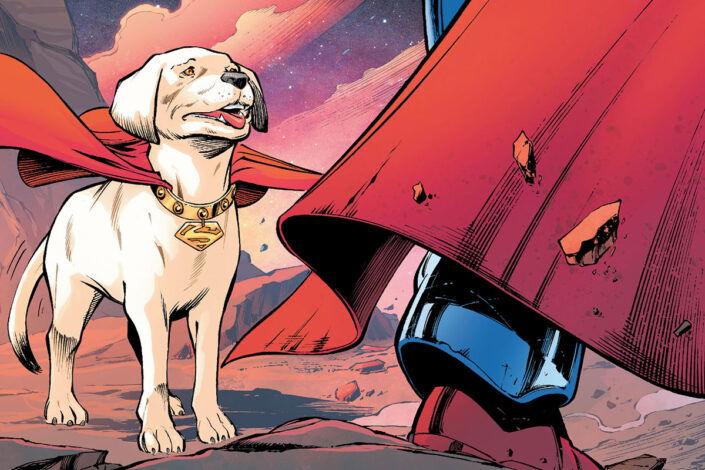The Best of Jubilee Comics, Your Recommended Reading Order (X-Men)
Being part of the mutantkind comes with a different set of powers. Some people have telekinesis or pyrokinesis—and plenty of other -kinesis. Others can shoot energy from their eyes, control a planet’s magnetic field, or heal from any injury.
If your name is Jubilation Lee, you’re most known for your “fireworks”! While some people have called Jubilee’s powers one of the lamest, that didn’t stop her from becoming popular, especially in the nineties. And since it’s clear she can go nuclear on you, it’s safe to say you should never underestimate any power!
Created by Chris Claremont and Marc Silvestri in 1989, Jubilee joined the X-Men and became Wolverine‘s sidekick, forming a father-daughter bond with him. Later, she joined Generation X and became a fan favorite on X-Men: The Animated Series. Over the years, Jubilee’s life took some wild turns: she had a stint in Hollywood, lost her powers, worked for a pro-mutant group, became a vampire, adopted a child, got her powers back, and even turned human again!
To discover these stories and more, you can follow our Jubilee reading order guide for the best comics to read about one of Marvel’s most popular Asian American superheroes.
Read More »The Best of Jubilee Comics, Your Recommended Reading Order (X-Men)


